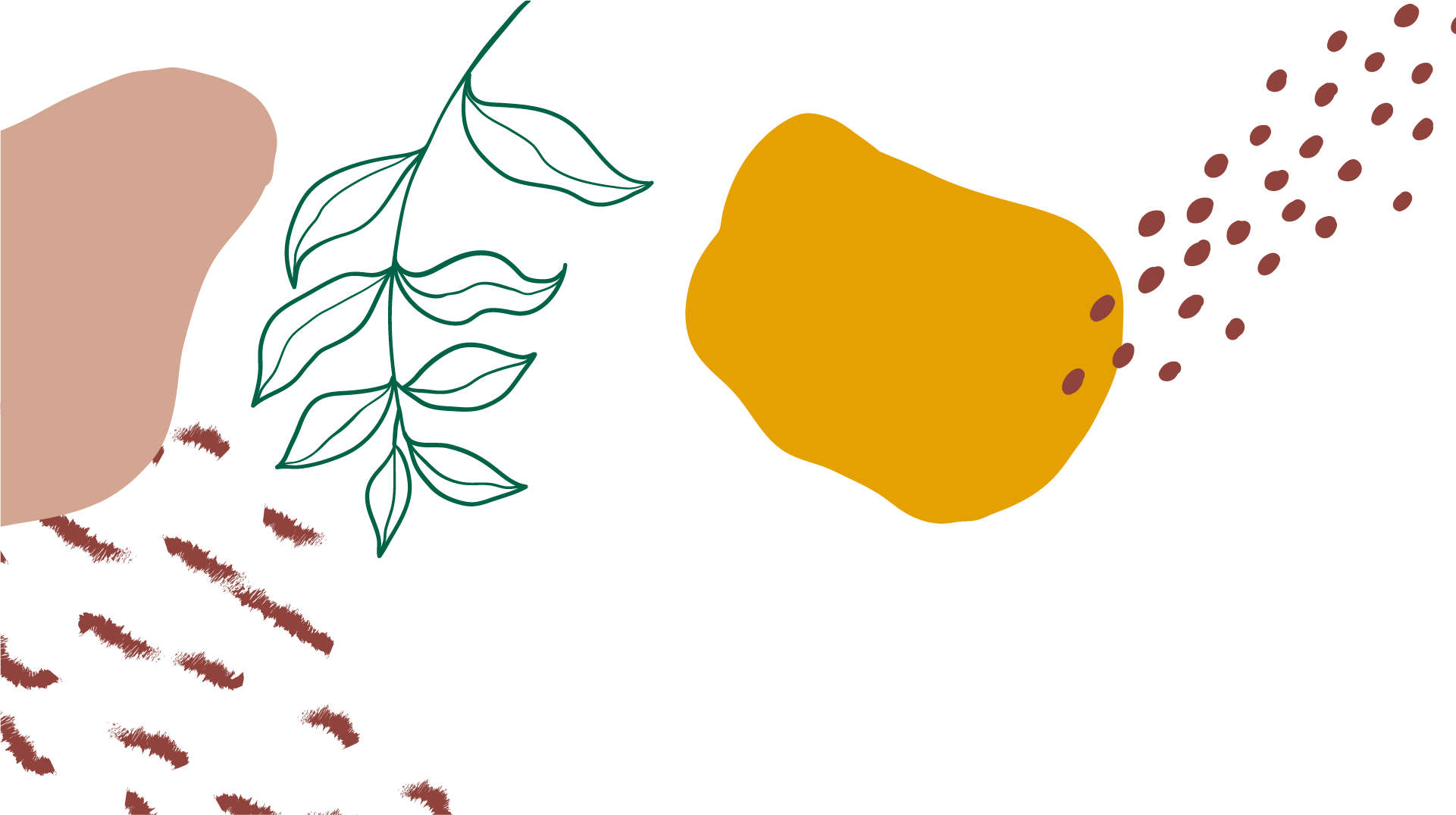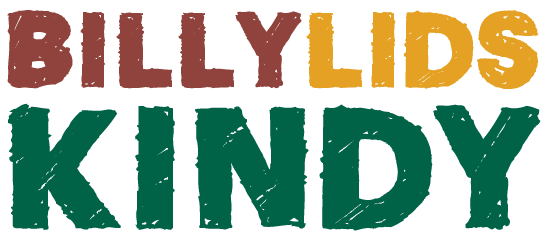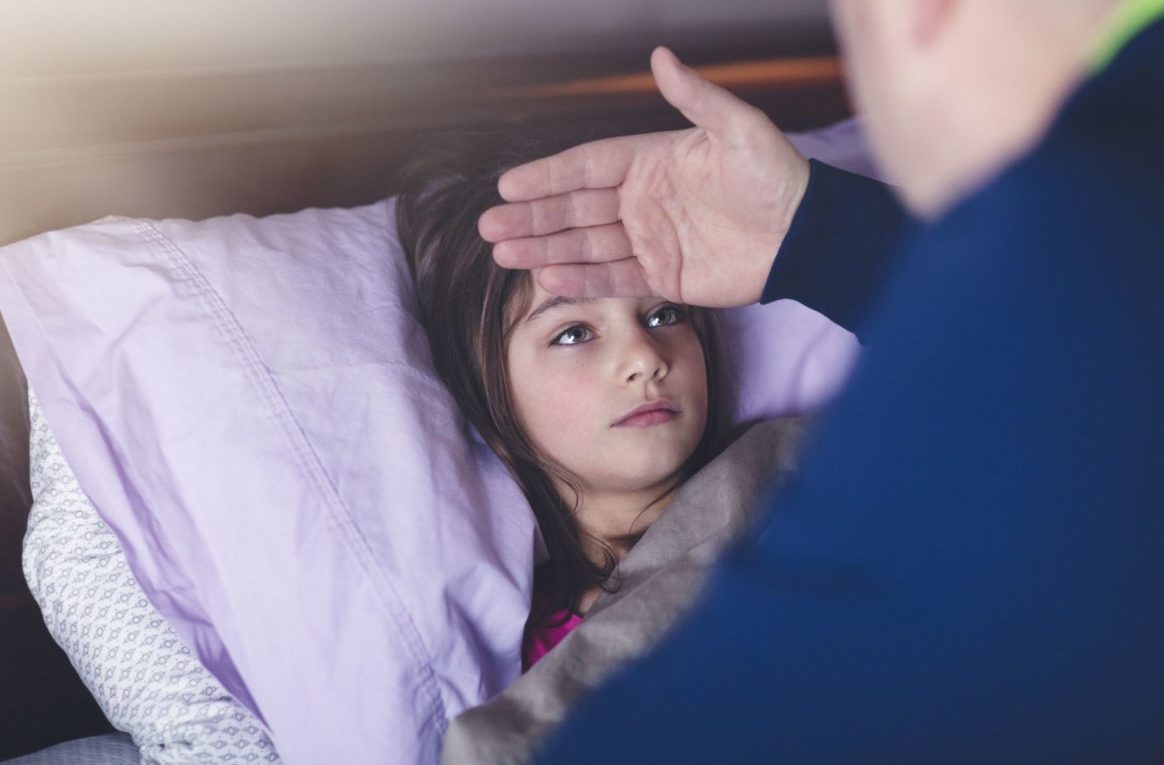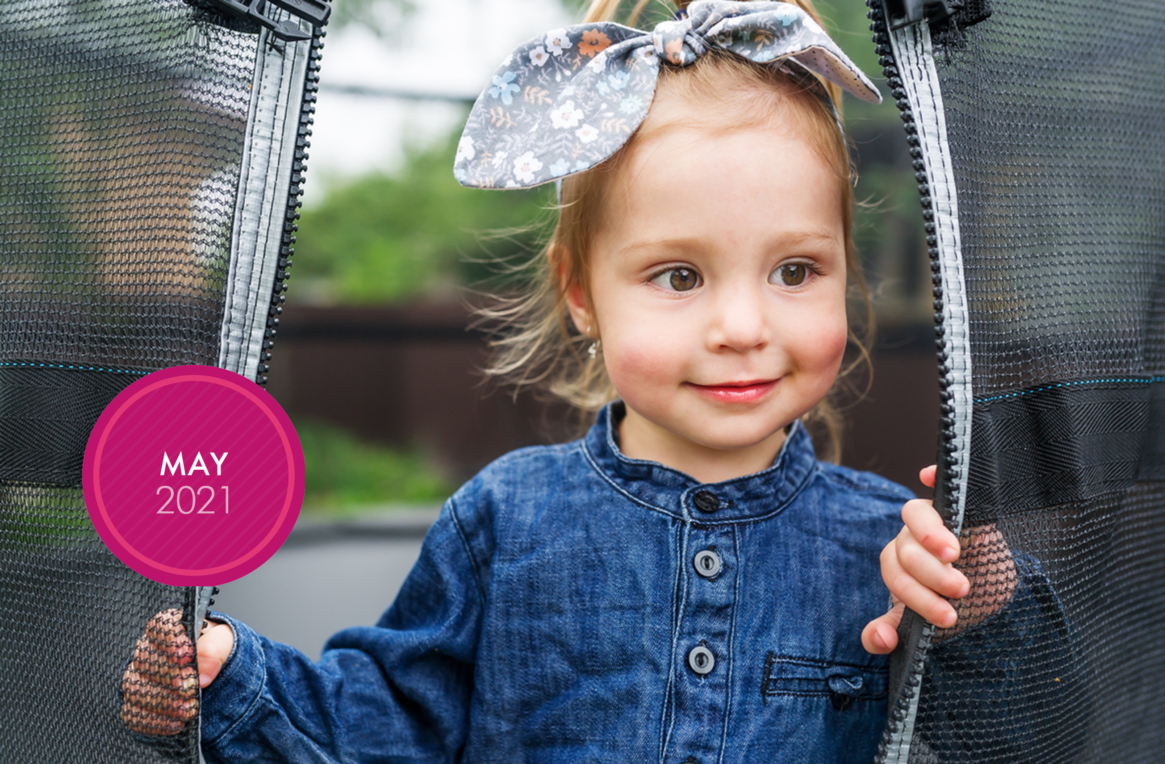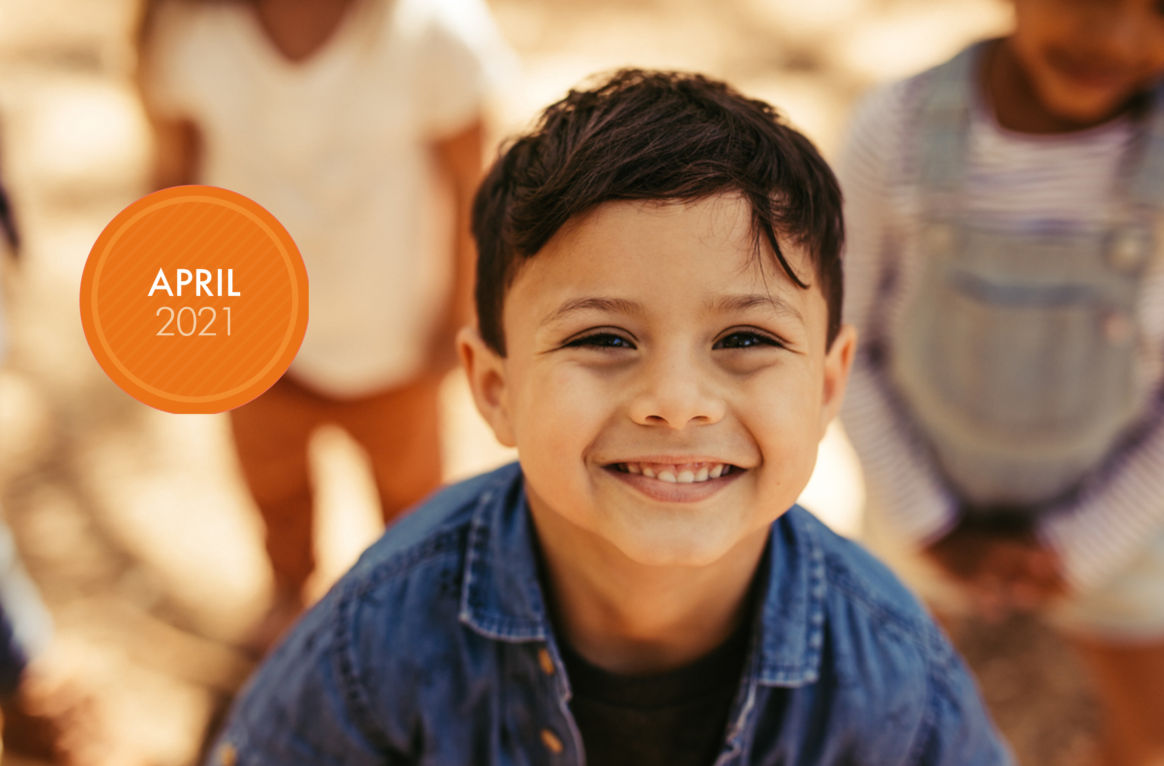
November 2020 Newsletter
HOW IS IT MID-NOVEMBER ALREADY?
Our apologies families, the newsletter is usually published at the start of the month however there has been so much going on our team have been busy busy preparing! Our Prep Graduation was held in the first week of the month which the children loved. It was our first that was ‘live streamed’ (due to COVID restrictions) which was an interesting experience for all of us involved.
Our Children’s Christmas Party will be held on Monday 7th December at 9:30am.
We are asking that parents please provide a wrapped book for your child to the value of $10.00 or less. This can be given to our administration team or your educators before the day. Books are to be wrapped and clearly labelled with your child’s name. All books need to be handed to staff by 04 – 12 – 20. We do have a small selection of books left over from book week which are available for sale. Prices range from $2 to $5.
Raffle Tickets
This year we are doing a Christmas raffle, we would appreciate any donations of small items for our raffle. Tickets costs $1.00 each. If you would like to purchase, please fill them out and hand them into admin.
Holiday Forms
Holiday forms have been sent out to all families – if you have not returned yours can we ask that you please do so no later than Friday 27th November. If we do not receive notification that you are having holidays your child/ren will be considered as booked and the roster will reflect these bookings. If you have any questions, please get in touch.
On this month
AT BILLY LIDS KINDY
Pre Prep Graduation ————————————— 4
Chrismas Holiday & Enrolment forms due ———– 27
AROUND THE COUNTRY
Melbourne Cup Day ——————————————- 3
Outdoor Classroom Day ————————————– 5
Orang-utan Caring Week ——————————— 8-14
National Recycling Week ——————————— 9-15
Remembrance Day ——————————————- 11
World Kindness Day —————————————— 13
Food Safety Week—————————————– 14-21
Universal Children’s Day ———————————— 20

Community Events
REMEMBRANCE DAY – NOVEMBER 11
At 11 am on 11 November 1918 the guns on the Western Front fell silent after more than four years of continuous warfare.
Each year on this day Australians observe one minute’s silence at 11 am, in memory of those who died or suffered in all wars and armed conflicts. Check your local council website to find out what COVID safe Remembrance Day services are happening near you.
NATIONAL RECYCLING WEEK – NOVEMBER 9-15
Planet Ark’s National Recycling Week is now in its 25th year! The week provides an important opportunity for councils, workplaces, schools and individuals to improve their recycling knowledge, build better recycling habits and build trust in recycling.

This year’s theme is ‘Recovery – A future beyond the bin’ invites you to value your resources, giving them a second life by reducing virgin resource use, reusing and recycling. Find our more here.
Kids in the kitchen

CHICKEN MEATBALLS AND PESTO SPAGHETTI
PREP 20 min | COOK 10 min | SERVES 8
INGREDIENTS
Chicken Meatballs
- 1 kg chicken mince
- 1 cup (40 grams) fresh breadcrumbs, soaked in a 1/4 cup milk
- 2 eggs
- 1 cup (125 grams) parmesan cheese, grated
- 1 tablespoon garlic, minced
- sea salt and pepper, to season
Basil Pistachio Breadcrumbs
- 2 cups fresh basil leaves
- 1 cup baby spinach leaves
- 2 garlic cloves
- 1/2 cup (60 grams) pistachios
- 1/2 cup (60 grams) parmesan, grated
- zest and juice of 1 lemon
- 3/4 cup (180 ml) extra virgin olive oil
- 500 grams spaghetti, cooked according to packet instructions reserving 1cup of cooking water
METHOD: Chicken Meatballs: Place the mince, breadcrumbs, eggs, parmesan, garlic, salt and pepper into a large bowl and mix thoroughly to combine. Take 2 heaped tbs of mince and roll into rounds. Heat a little olive oil in a fry pan over
medium-high heat. Add meatballs and cook 6-8 minutes, stirring occasionally or until the meatballs are golden and cooked through. Set aside. Basil Pistachio Pesto: Place the basil, baby spinach, garlic, pistachios, parmesan, lemon juice and zest into the bowl of a food processor. Blitz for 1-2 minutes or until finely chopped. With the motor running, slowly add the olive oil and continue blitzing until thoroughly combined.
To Serve: Pour the pesto over the cooked spaghetti with a splash of the reserved pasta water and toss to combine. Top spaghetti with cooked meatballs, fresh basil leaves and a grating of parmesan cheese. Enjoy x
Recipe and Image from ‘mylovelylittlelunchbox.com’
App Reviews
A mixed bag of apps to keep pre-schoolers entertained and learning.



MIXIMAL
YATATOY | AGE 3+ | $3.99
MIXIMAL is an entertaining game based on the traditional flip books we all know from our childhood.
We have taken this old-fashioned model and generated sweet handcrafted animations and sounds to compliment it. Create wacky animals and find out their wacky names.
SHAPE GURUS: PRESCHOOL GAME
GEOMETRY LEARNING PUZZLES | AGE 2 – 5 | $4.49
In this interactive story, children are regularly challenged to complete puzzles based around shape-matching.
In one case, a little bird flutters towards the outline of a nest, while five brown triangles wait to be dragged into place. Elsewhere, shape and colour matching creates flowers and a watering can. This app is designed for 2-5 year old’s, this game teaches Pre-schoolers math skills of matching, sorting and classifying by shapes and colours.
STAR WALK FOR KIDS
SKY GUIDE – VITO TECHNOLOGY INC. | AGE 3 + | FREE
Star Walk for Kids will teach your children the basics of astronomy in an interesting and unusual way.
The app is an entertaining astronomy game for children to learn about astronomy and our solar system while playing and having fun.
FOCUS: Transition to School
 A positive start to school is important and depends on everyone working together to make it happen – family, community, early childhood service and the school team. Many states have now given the go ahead for school orientation to commence/resume in Term 4 assuming correct COVID safety guidelines are followed.
A positive start to school is important and depends on everyone working together to make it happen – family, community, early childhood service and the school team. Many states have now given the go ahead for school orientation to commence/resume in Term 4 assuming correct COVID safety guidelines are followed.
The pandemic this year has most likely changed your child’s final year of pre-school and prep for big school and this may be concerning for you. However, there are things you can do at to ensure your children get the best start to school possible.
Know your child’s school Each school community is unique. It’s a good idea to attend available transition, orientation or information sessions. Check out their website or subscribe to their newsletters, follow their social media pages. Show your child pictures and videos of the school they will attend. Locate their school on a map and draw a route to your house. Where possible meet the Principal or ask staff at the school office for information. Connect with other parents who have children at the school.
Literacy Literacy is a key foundation for learning. Talking and an awareness of word sounds form a strong base for reading success. Read, rhyme and draw, sing, listen and talk with your child regularly. This develops literacy skills needed to understand information and communicate ideas. If English is not your first language, continue using your strongest language as well as English to promote multilingual skills and maintain cultural identity.
Numeracy Numeracy is all around us and used throughout life. Your child uses numeracy when measuring ingredients, counting stairs as they climb, sorting buttons or matching socks. When children play with blocks and containers they think ‘mathematically’ about size, shape and space. Talk about positions such as behind, next to and above, and inquire ‘how many?’ ‘which way?’ or ‘is there enough?’
Friendships Making friends can be challenging for your child. You can help by prompting them to think about games to play, where to play them and how to include others. Your child will develop these skills by watching you – the way you start conversations, handle issues and accept others’ perspectives. Encouraging play provides opportunities for your child to ‘read’ faces and body language, furthering their social skills.
Managing feelings Starting school can produce a broad range of emotions in your child, and understanding how to manage them can take a long time. Give support by listening, acknowledging and accepting their feelings. Help your child to label those feelings and to find appropriate ways to manage them if needed. Your child will learn to manage their emotions by watching those around them.
Good learning behaviours.
1. Exploring interests Your child learns when they are interested, asking questions and exploring possibilities. This helps them to be creative and involved.
2. Problem solving Encourage your child to persist with activities, even when it gets tricky. You can help them come up with their own ways to solve problems.
3. Acknowledge efforts Acknowledge your child’s effort when you see them trying, regardless of the result.
You are your child’s first and most significant teacher. Being positively involved in your child’s learning helps them become successful at school. You can find out more helpful school transition tips by following the link below.
Connect – Child and Family Services (2020) My child is starting school: A guide for parents and caregivers. Retrieved from www.transitiontoschool.net/uploads/2/9/6/5/29654941/english__a4_flyers_connect.pdf
Fun with Numeracy
SIMPLE CUPCAKE COUNTING
 You will need: Cupcake liners, Marker, Pompoms or similar, Tongs or tweezers (optional)
You will need: Cupcake liners, Marker, Pompoms or similar, Tongs or tweezers (optional)
- Begin by writing a number in each of the cupcake liners. Of course, this is a very flexible activity and can be made to suit your individual child and where their learning skills are at.
- The aim of this activity is for the child to read the number inside each of the cupcake liners and use the pompoms to accurately represent it.
- This wonderful Math activity can also double to help children develop their fine motor skills.
For activity extensions and adaptions follow the link here.
Activity and image Source: laughingkidslearn.com
HEALTH & SAFETY: Water Safety
 Drowning continues to be one of the biggest killers of Australian children. Every year a number of children are killed and hundreds more are rescued from near drowning situations. It only takes 20 seconds and a few centimetres of water is all it takes for a child to drown.
Drowning continues to be one of the biggest killers of Australian children. Every year a number of children are killed and hundreds more are rescued from near drowning situations. It only takes 20 seconds and a few centimetres of water is all it takes for a child to drown.
Why children are at risk Children are adventurous and enjoy exploring their environments. They are often attracted to water but have little understanding of the danger that it poses. The physical build of young children also places them at risk as they are ‘top heavy’ and prone to falling into water due to a lack of balance.
Drowning can occur quickly and silently – 20 seconds and a few centimetres of water is all it takes for a toddler to drown. It’s not only large bodies of water, such as pools and the beach that put children at risk; baths, ponds, buckets, eskies, pet’s drinking bowls and other small bodies of water are also drowning hazards.
Common causes –how and when
Children 0-4 years – Swimming pools are the most common location for toddler drownings making up 67% of all cases followed by bathtubs which account for 22%. Children falling into water account for 78% of drownings. Evidence suggests that a large number of drowning deaths in backyard pools are a result of pool barriers that are faulty or noncompliant with Australian standards and the absence of active adult supervision.
Children 5-14 years Lakes/dams/lagoons (22%), the beach (22%) and baths/spa baths (22%) were the most common locations for drowning among this age group. Swimming and recreation was the most common activity being undertaken at the time of the drowning incidents, accounting for 56% of all deaths in this age group. Under-estimating the strength of currents and
over-estimating swimming ability are common mistakes for this age group.
Key messages for prevention
Supervision: Keep a constant watch on your children around the water and don’t be distracted by your phone. Active adult supervision involves focusing all of your attention on children at all times, when they are in, on or around the water. Do not expect older children to look after their younger siblings.
Children have short attention spans and can be easily distracted. Remain within arm’s reach of toddlers to ensure you can get to the child in time if something goes wrong. Older children still need to be supervised by an adult who is ready to enter the water in case of an emergency. Always take children with you if you leave the water area.
Reduce the hazard: Use safety barriers, such as pool barriers, to restrict access to water. Remove hazards such as pot plants and chairs from pool barriers to prevent children climbing on to them and over the barrier. Do not prop any doors or gates open as this may allow children access to a body of water. Create a safe play area to separate children from bodies of water such as swimming pools and dams. This is especially important on farms and larger properties as very young children have been known to follow family pets to water over very long distances. Regularly inspect and maintain your pool barrier and gate to ensure that it is working properly. Weather conditions and general wear and tear can affect the performance of your pool barrier.
Knowledge/water awareness Water familiarisation lessons can assist in teaching children to swim while also helping them understand water safety.
Resuscitation Learn CPR and update your skills regularly so that you are prepared in the event of an emergency. Resuscitation posters are a good reminder to keep around pools and spas
For more information see:
– kidsafe.com.au/water-safety/
– www.watersafety.nsw.gov.au/Pages/resources/be-water-safe-not-sorry.aspx
– https://www.watersafety.vic.gov.au/
Kidsafe (2019). Drowning Fact Sheet, retrieved from https://kidsafe.com.au/wp-content/uploads/2019/03/Drowning-Information-Sheet.pdf
Sustainability corner
CHECK IT BEFORE YOU CHUCK IT
Check It! Before You Chuck It is a new campaign encouraging Australians to always check the Australasian Recycling Label (ARL) when disposing of packaging.
Always following the ARL ensures packaging is disposed of correctly and can be recovered for future use in new products.
Go to Planet Ark, Recycling near you for more information about this and National Recycling Week – recyclingnearyou.com.au/arl/


Good News Story
WILD TASMANIAN DEVILS RETURN TO MAINLAND AFTER BECOMING LOCALLY EXTINCT 3000 YEARS AGO
After what’s believed to be thousands of years, there are once again wild Tasmanian devils living on the mainland of Australia. A total of 26 devils have so far been reintroduced to the wild in the Barrington Tops National Park north of Newcastle, NSW. The latest batch of 11 was introduced to a 400ha wildlife sanctuary in the park on September 10, joining the 15 introduced in July.
The sanctuary gives the endangered devils space to roam and freedom to adjust to the wild, while also protecting other animals in the area, and allowing conservationists from animal conservation group Aussie Ark to monitor their progress in the lead up to the 2021 breeding season.
The devils have been fitted with radio collars and there are cameras covering the sanctuary for monitoring.
Tasmanian devils are thought to have disappeared from the mainland around 3000 years ago, hunted to a degree by Aboriginal people at the time but also impacted by the introduction of the dingo, thought to have arrived in Australia — possibly helped by Indonesian seafarers — around 3500 years ago.
A contagious cancer is now threatening the Tasmanian devil population. According to Tasmania’s environment department, cancerous devils usually die within a few months of showing symptoms. The disease has caused a massive decline in the Tasmanian devil population, and the species is now considered endangered. It’s hoped that a backup population can be maintained on the mainland, free of the contagious cancer, in case Tasmania’s existing devil population succumbs to the disease.
Source: https://www.kidsnews.com.au/animals/wild-tasmanian-devils-return-to-mainland-after-becoming-locally-extinct-3000-years-ago/news-story/a06e4f84ff933a84bdc70170b99956ac

FOLLOW ON
Short simple activities to get some active minutes in the day.
Choose someone to start, that person picks an action and everyone participating does 10 sets of that action before someone else takes over, for example – Person 1) 10-star jumps, Person 2) 10 skips, Person 3) 10 squats and so on until everyone has had a turn. Go back to the first person and continue to Follow on.
Pop on some music and get moving! It may take a few tries and suggestions to get the rhythm going, but it will be good fun once you do!

